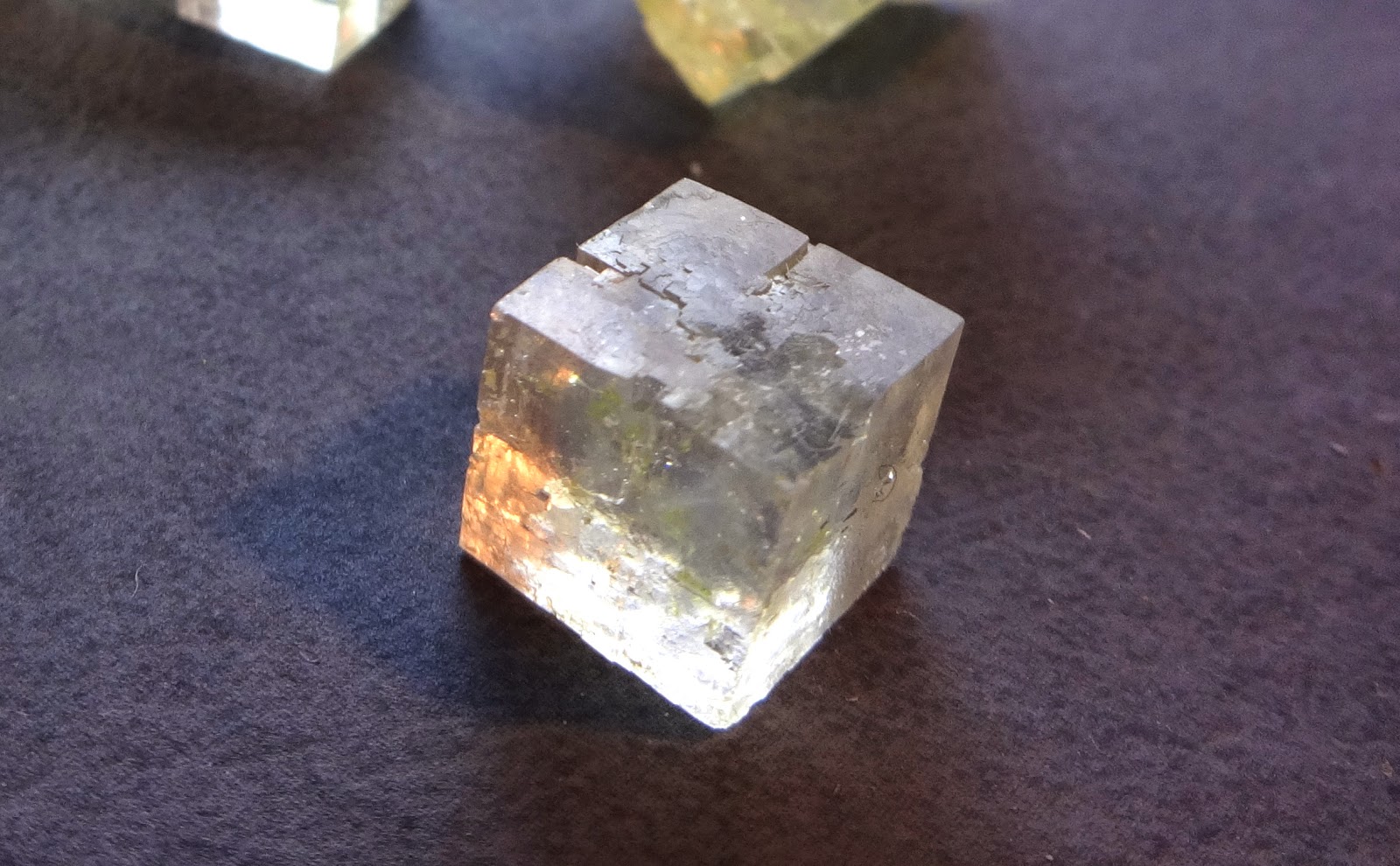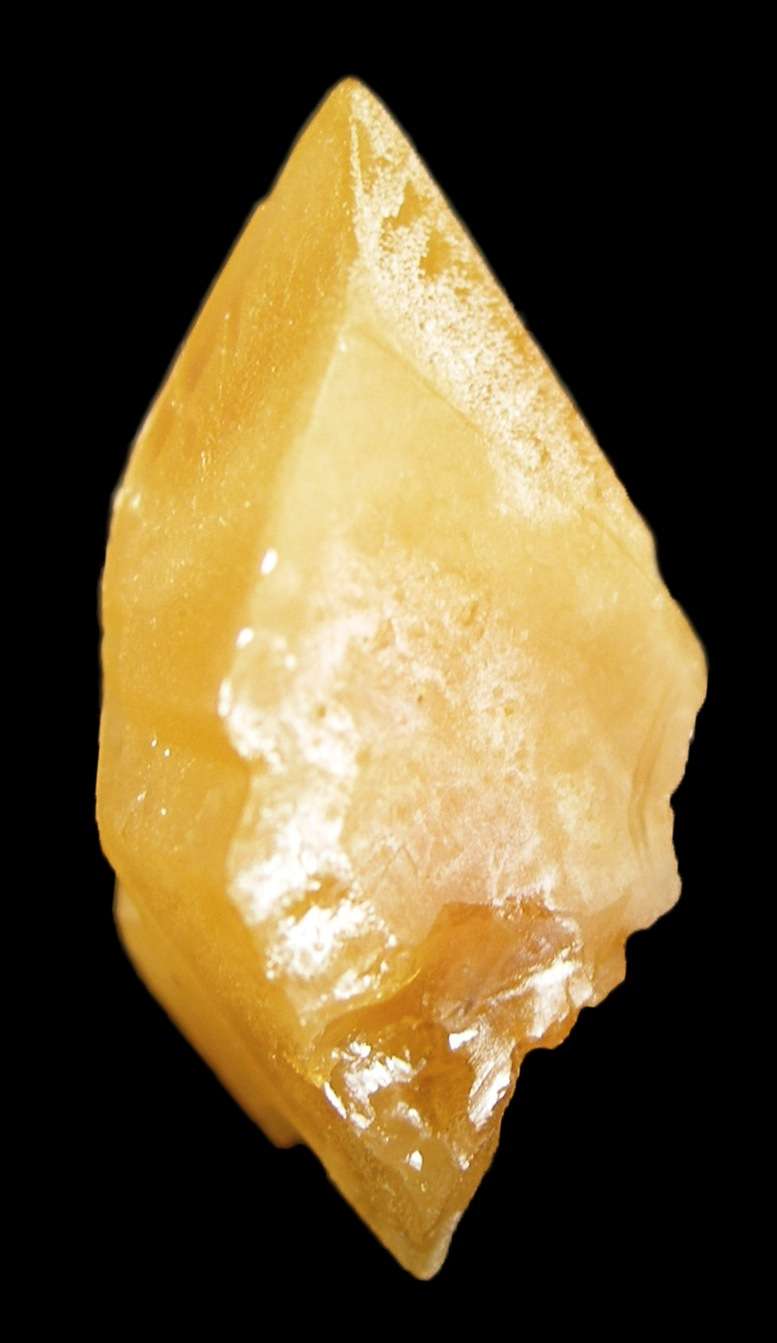
The unidirectional alignment and seamless stitching of the MoS 2 domains were comprehensively demonstrated using atomic- to centimeter-scale characterization techniques. Herein, we report the epitaxial growth of wafer-scale single-crystal MoS 2 monolayers on vicinal Au(111) thin films, as obtained by melting and resolidifying commercial Au foils.

However, previous efforts to epitaxially grow TMD films on insulating substrates ( e.g., mica and sapphire) failed to eliminate the evolution of antiparallel domains and twin boundaries, leading to the formation of polycrystalline films. To achieve this, the controlled synthesis of wafer-scale single-crystal TMDs with high crystallinity has been a continuous pursuit. Although any two of these properties suffice to uniquely characterize a given material, all are tabulated because different sets are best suited for different uses.Two-dimensional (2D) semiconducting transition metal dichalcogenides (TMDs) have emerged as attractive platforms in next-generation nanoelectronics and optoelectronics for reducing device sizes down to a 10 nm scale. The elastic properties of aggregates are those in common use and include Young's modulus, shear modulus, Poisson's ratio, bulk modulus, compressibility, velocity of compressional waves, and the velocity of shear waves. In this book all four bounds (Voigt, hashin, Shtrikman, and Reuss) are tabulated for cubic materials, while Voigt and Reuss bounds only are tabulated for non-cubic materials. Hashin and Shtrikman have shown that the Voigt and Reuss bounds could be improved, and they have developed expressions for the corresponding bounds of aggregates of cubic crystals. The tables include about 3000 determinations.Īt present it is impossible to calculate the elastic properties of a random, macroscopically isotropic aggregate of crystals from the single crystal elastic constants, but bounds may be obtained for the aggregate properties from the single crystal data have been reported.

It presents data on the elastic properties of single crystals collected from the literature through mid-1970 and the elastic properties of isotropic aggregates which are calculated according to the schemes of Voigt and Reuss for all materials, and Hashin and Shtrikman for materials with cubic symmetry. This is actually a handbook consisting of computer printout in tabular format. While this book is a consolidation of his earlier work, it has been extensively updated and revised to include new material and references, is far more complete, and is presented in a more useful form. If you can’t find the resource you need here, visit our contact page to get in touch.Įstablished in 1962, the MIT Press is one of the largest and most distinguished university presses in the world and a leading publisher of books and journals at the intersection of science, technology, art, social science, and design.ĭata on the elastic properties of single crystals have increased dramatically since Professor Simmons completed his first compilation in 1965. The MIT Press has been a leader in open access book publishing for over two decades, beginning in 1995 with the publication of William Mitchell’s City of Bits, which appeared simultaneously in print and in a dynamic, open web edition.Ĭollaborating with authors, instructors, booksellers, librarians, and the media is at the heart of what we do as a scholarly publisher. Today we publish over 30 titles in the arts and humanities, social sciences, and science and technology. MIT Press began publishing journals in 1970 with the first volumes of Linguistic Inquiry and the Journal of Interdisciplinary History.

International Affairs, History, & Political Science.MIT Press Direct is a distinctive collection of influential MIT Press books curated for scholars and libraries worldwide.


 0 kommentar(er)
0 kommentar(er)
